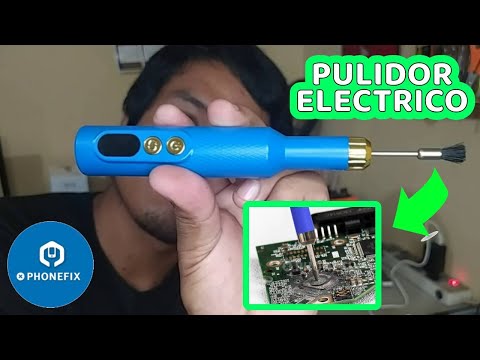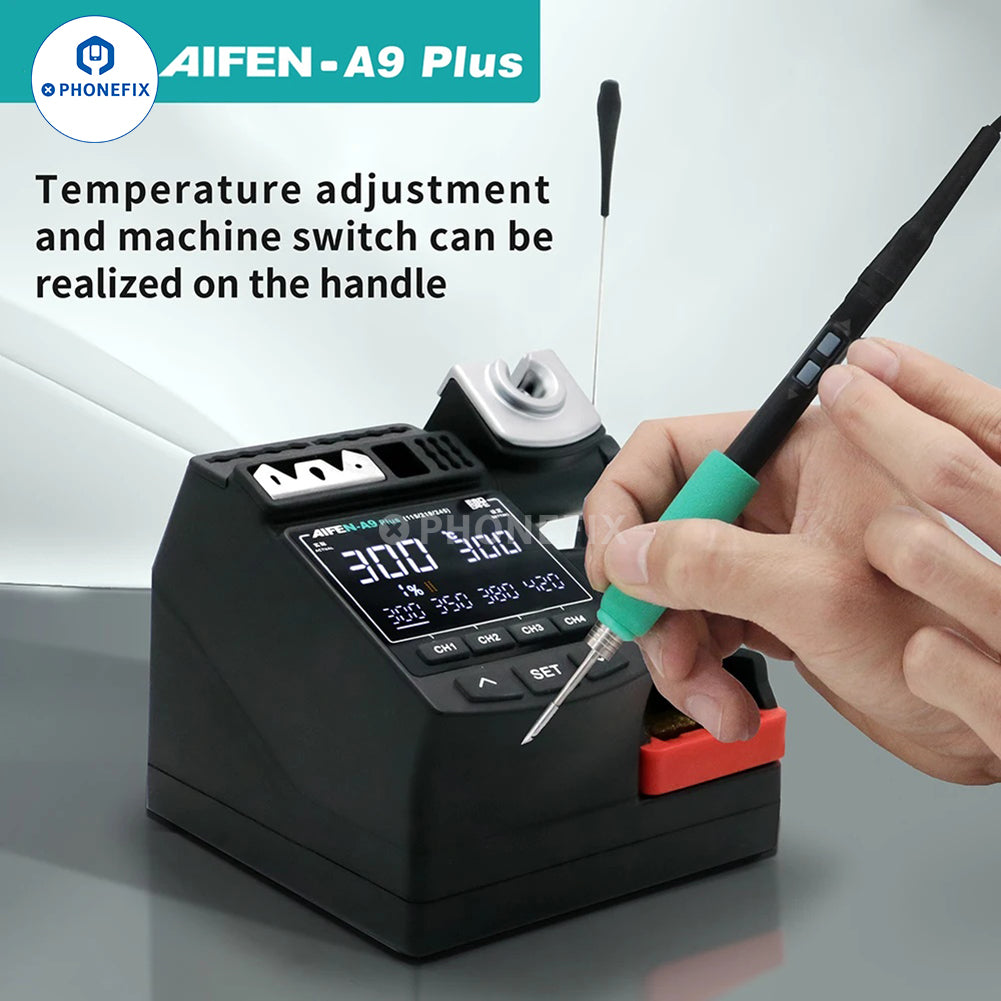In today's world, smartphones have become an indispensable tool in daily life. Huawei P30 has won the favor of many users with its excellent performance and innovative design. However, Huawei P30 users often encounter the problem of "repeated restart" and "unable to boot" of the phone. Today, Phonefix will discuss how to solve the problem of repeated restart and unavailable boot of Huawei P30.

1. Disassembly and preliminary inspection
After receiving the repair request for the Huawei P30, the repair technician first conducted a preliminary inspection of the device. The repair work starts with disassembly. Then carefully remove the back cover of the phone. Since the device uses a glass back cover, this requires precise operation to avoid cracking or damaging the glass back cover.

2. Disconnect the battery and internal components
After removing the back cover, we need to disconnect the battery to avoid electrical shorts during the repair.
Anti-static Spudger : We use a Anti-static Spudger to carefully disconnect the battery connector, making sure not to damage the battery or connector.
Precision Screwdriver: After disconnecting the battery, we use a precision screwdriver to remove the screws that secure the metal shield of the motherboard to ensure smooth access to the motherboard.
3. Check the motherboard faulty components and identify the cause of repeated restarts.
Although Huawei P30 has powerful performance, it integrates complex hardware components inside, especially the communication between the motherboard and the CPU is very critical. When the fault occurs, the device will fall into a restart loop, indicating that the system cannot start smoothly, and there may be connection problems or damage to the hardware.
-
Visual inspection: Using a magnifying glass, we carefully check the CPU and surrounding solder joints to see if there are loose connections or damaged solder joints.

- Multimeter: We use a digital multimeter to measure the electrical connection between the CPU and other components of the motherboard to confirm whether the CPU is communicating normally with other parts.


4. Remove the CPU
Once we have confirmed that the CPU is the source of the problem, our next steps are to carefully remove it. This requires very precise manipulations since the CPU is soldered to the motherboard.

-
Soldering Station: We use a hot air rework station to heat the CPU area to soften its solder joints so that the CPU can be safely removed from the motherboard.

- Tweezers: After heating, we use tweezers to carefully remove the CPU from the motherboard. The entire process must be slow and precise to avoid damaging the motherboard or other components.

5. Reballing the CPU
Once the CPU is removed, we need to reball, which is replacing the old solder balls to ensure a stable connection when reinstalled. After removing the CPU, the repair technician thoroughly cleaned the solder joints on the motherboard to remove residual solder and impurities in preparation for resoldering.
Reballing Kit: We use a reballing kit, which includes new solder balls of the correct size, flux, and a template. We place the solder balls on the pads of the CPU.
BGA Stencils: Use a BGA Reballing Stencils to accurately position the solder balls. After the template is placed on the CPU, we place the solder balls into each hole.
Reflow Oven: After the solder balls are placed, we put the CPU into a reflow oven or use a Reflow Oven to heat it. The heating process melts the solder balls and forms a stable connection

6. Inspection and testing
After soldering, use a trinocular zoom microscope to check the solder joints to ensure that the soldering quality is good and there are no cold solder joints or short circuits.

Perform functional testing to ensure that the re-soldered CPU and motherboard are connected stably and can work properly.

Conclusion
The Huawei P30 repeatedly restarted and could not boot up. The problem was successfully fixed by replanting the CPU, demonstrating the importance of professional repair tools. Not only can it restore the device to normal operation, but it can also extend its service life. If your device also encounters similar problems, Phonefix store provides professional repair tools and parts to help you easily solve digital device problems and bring you a worry-free user experience.












